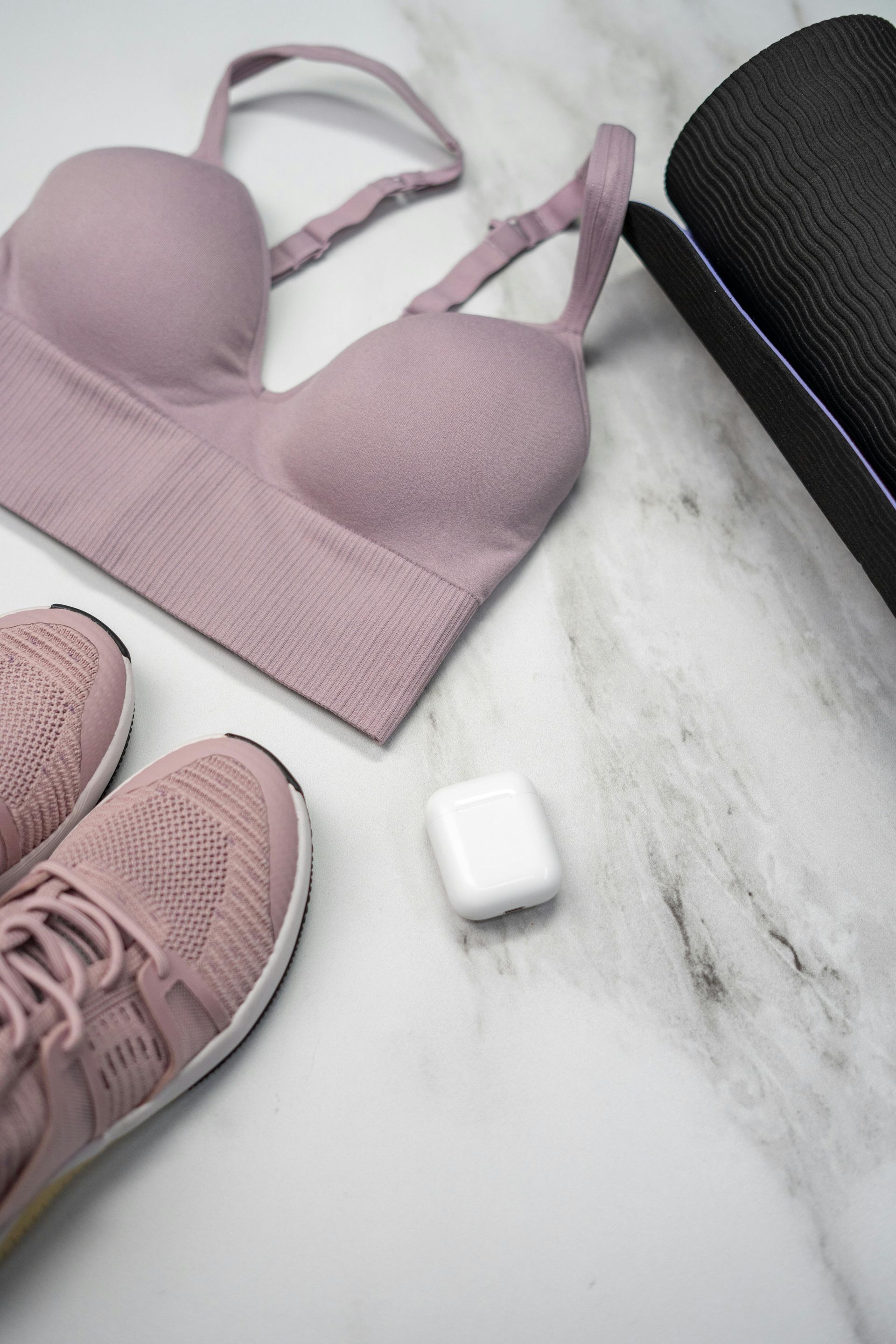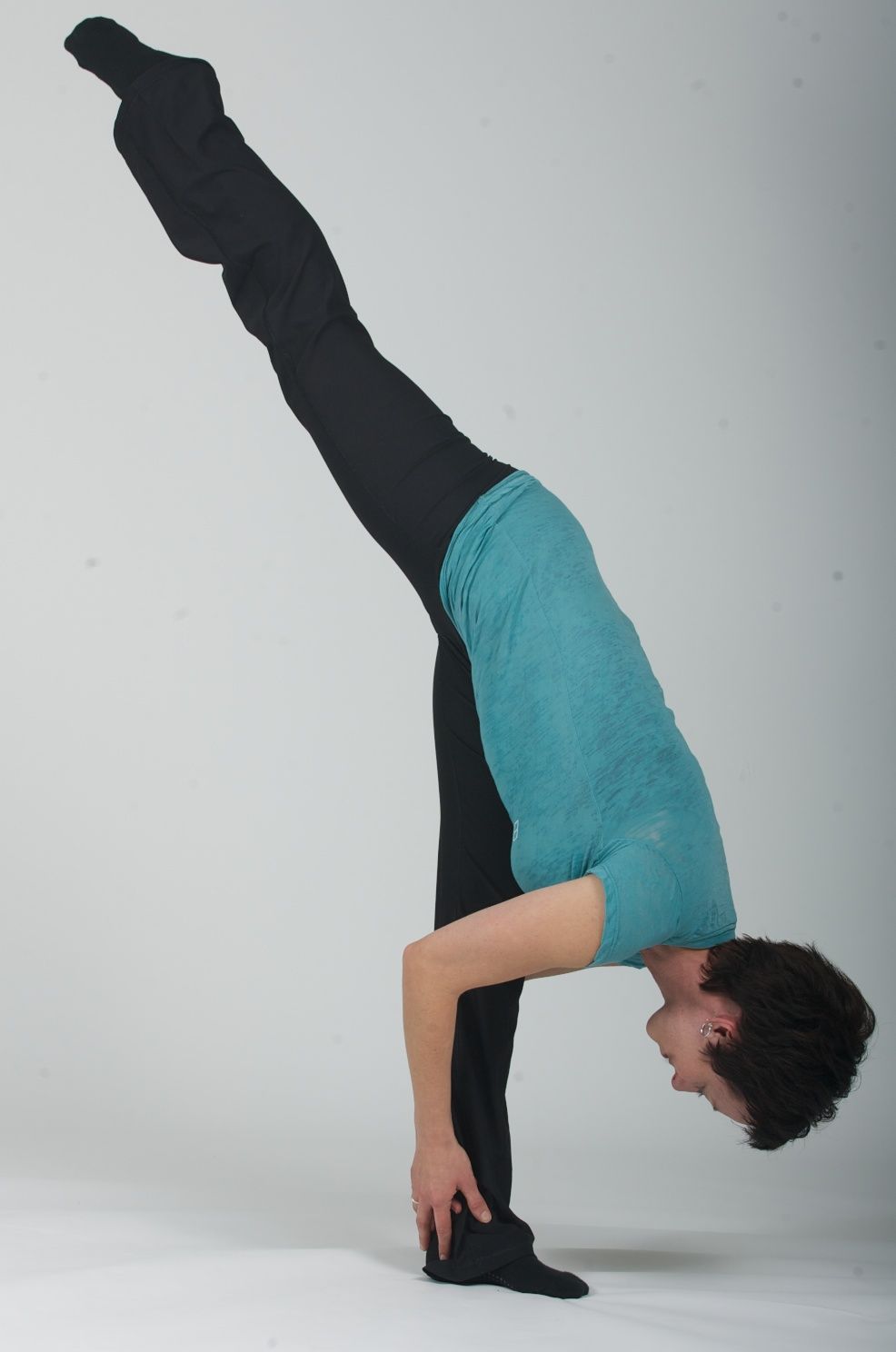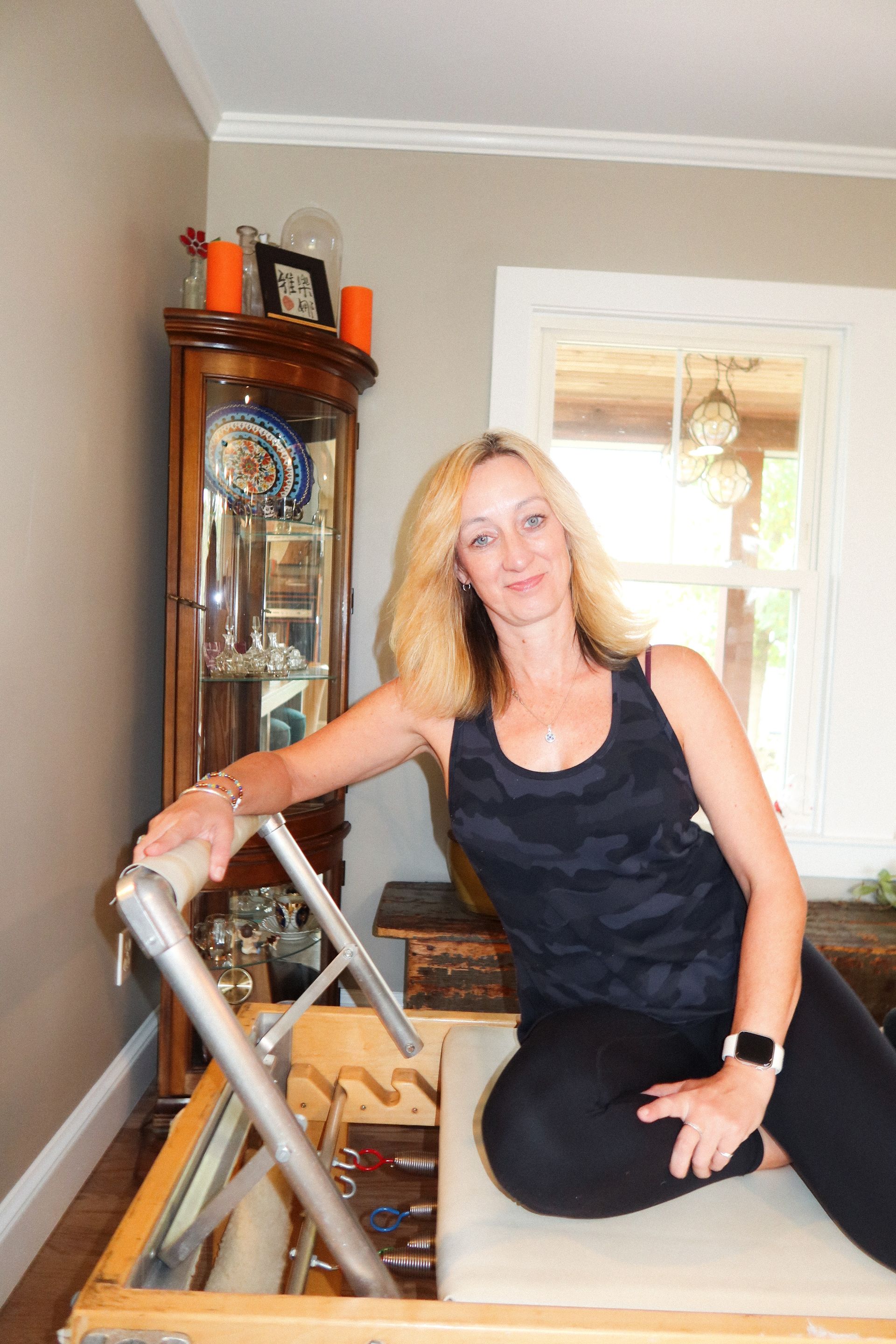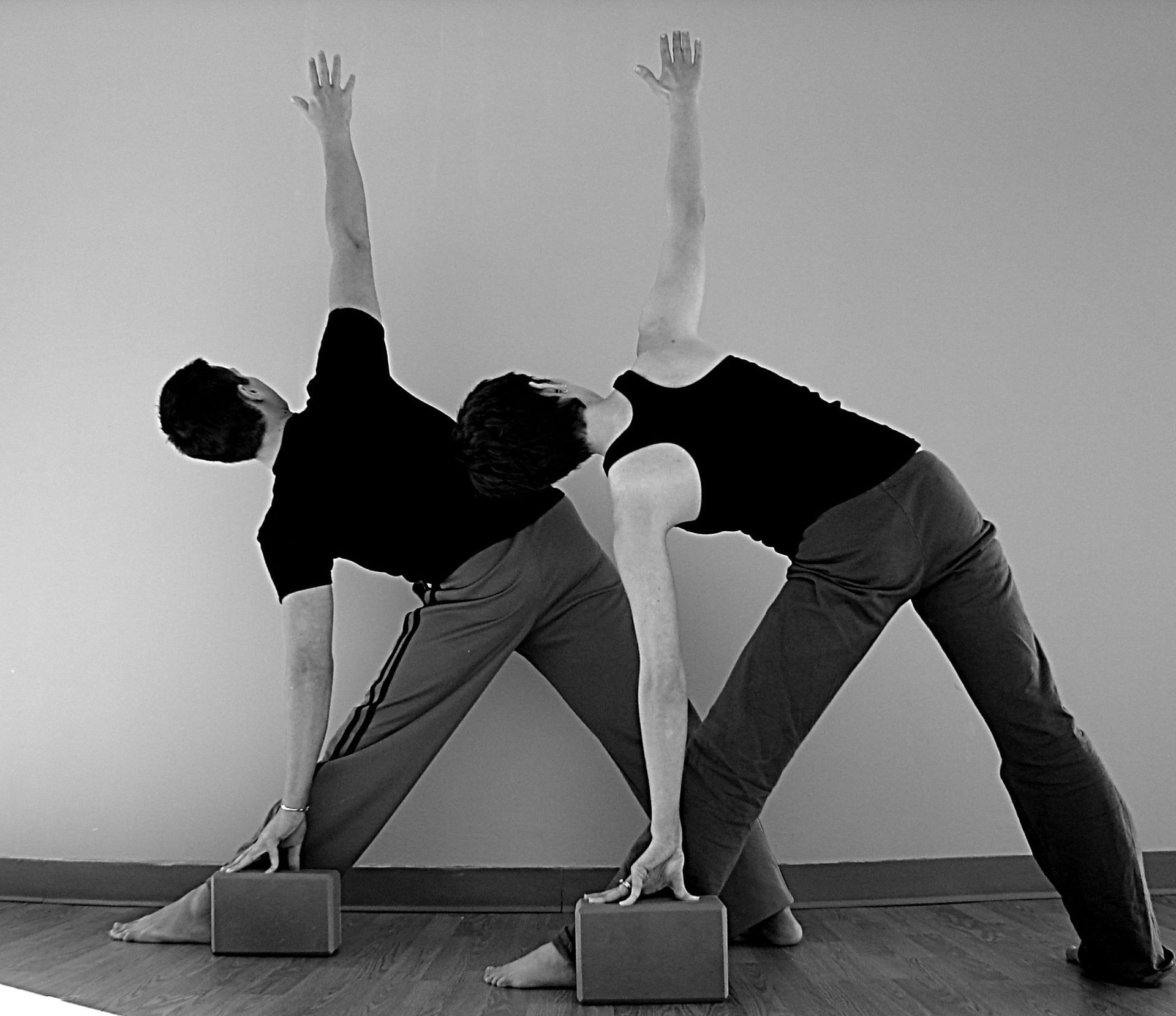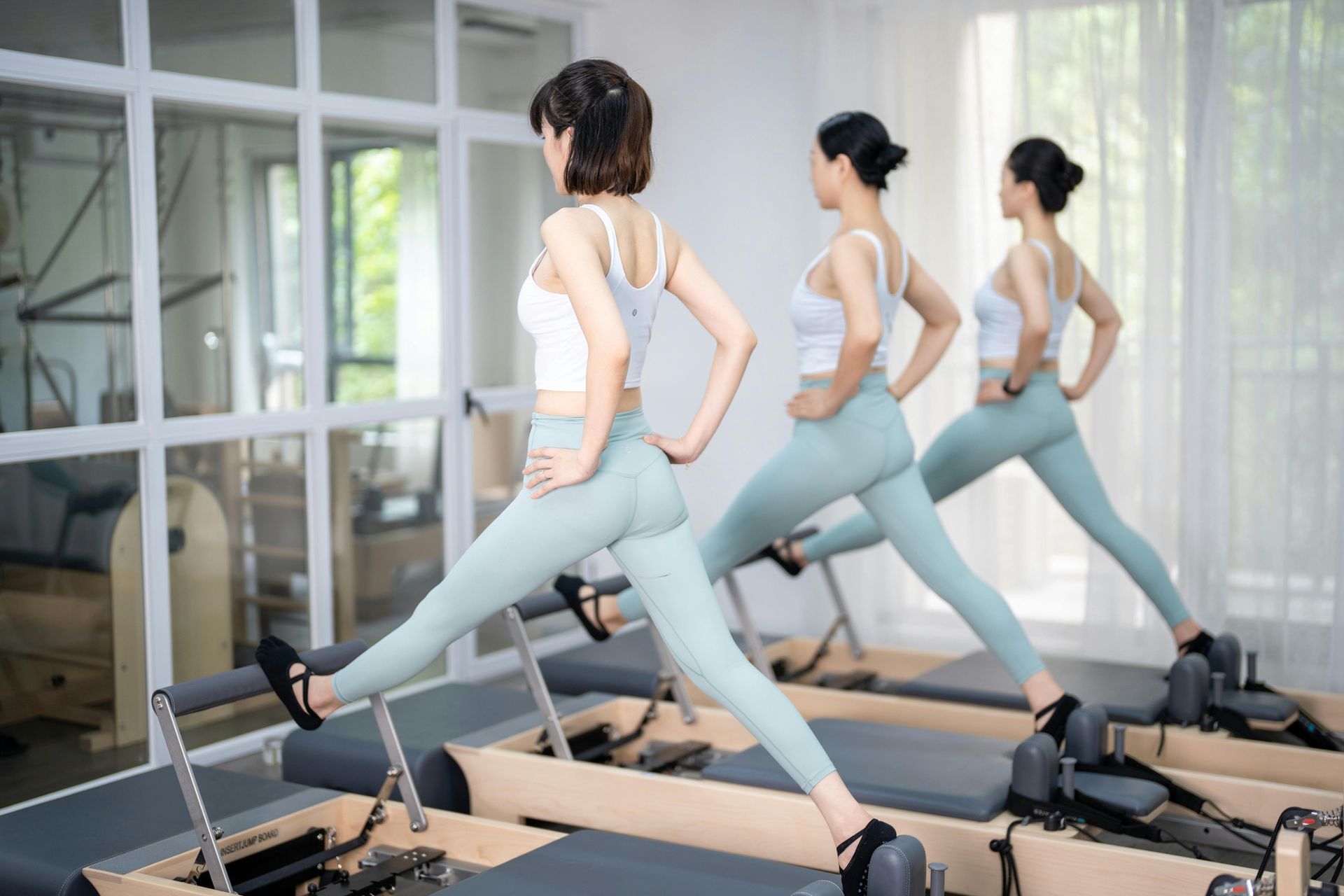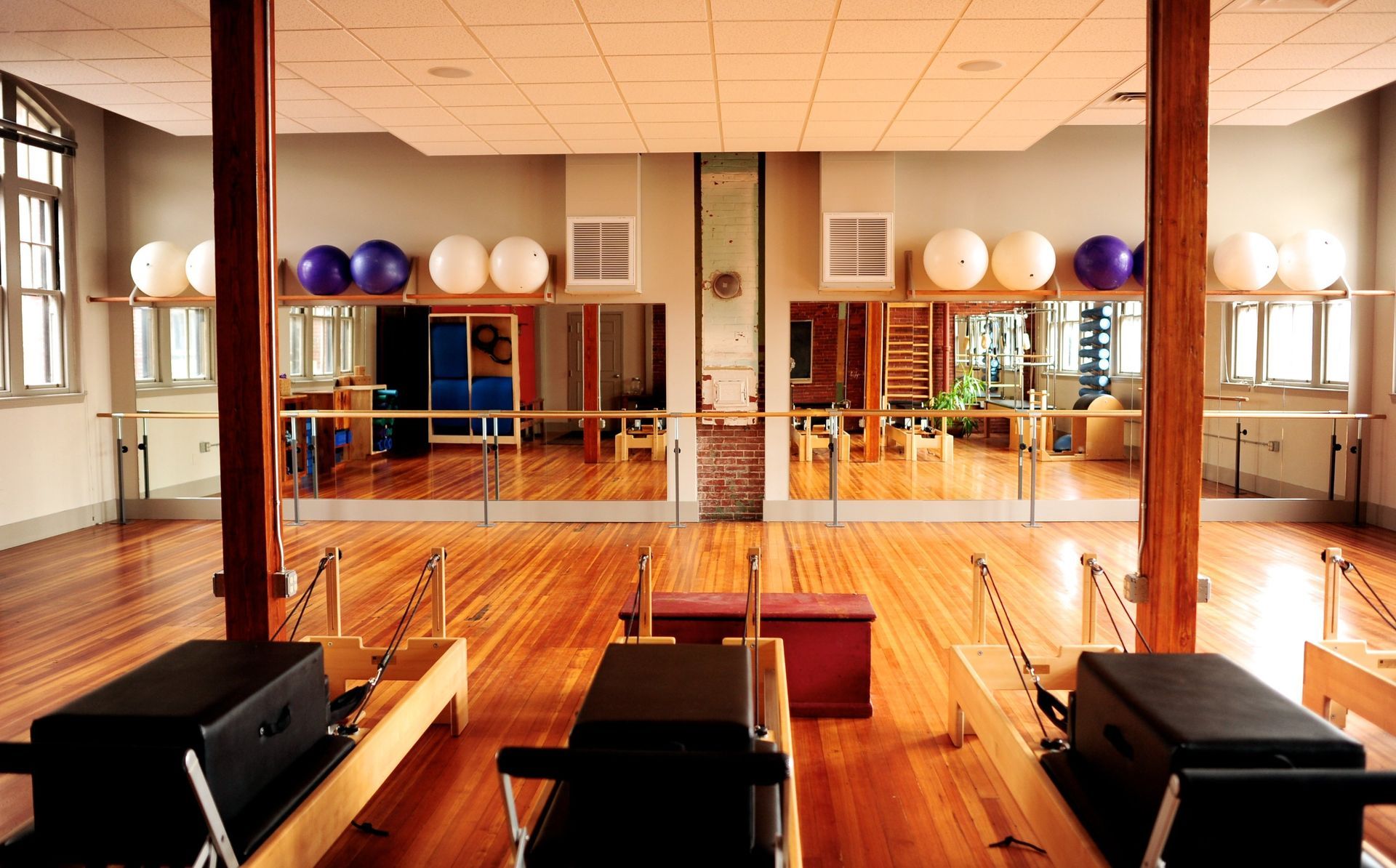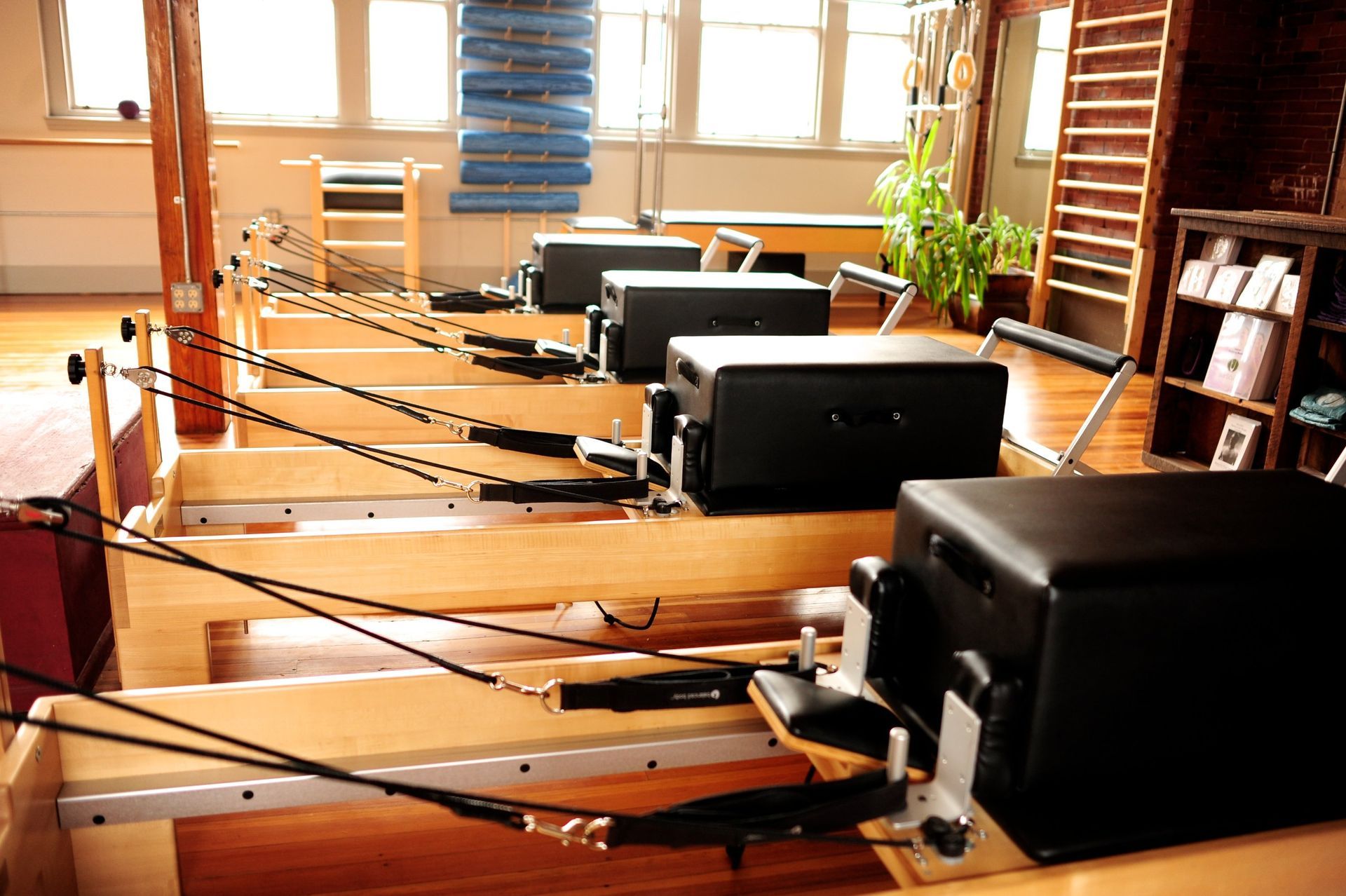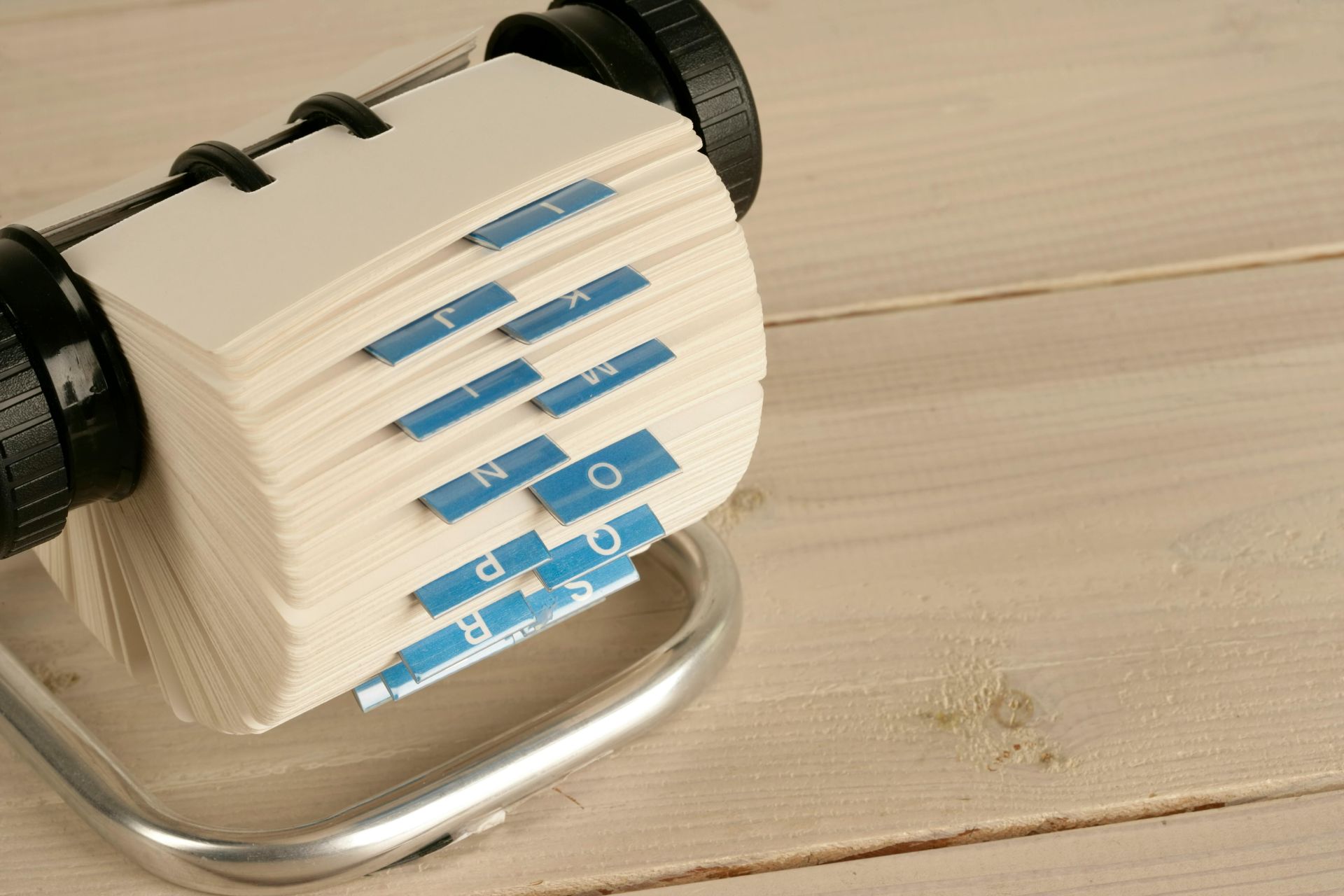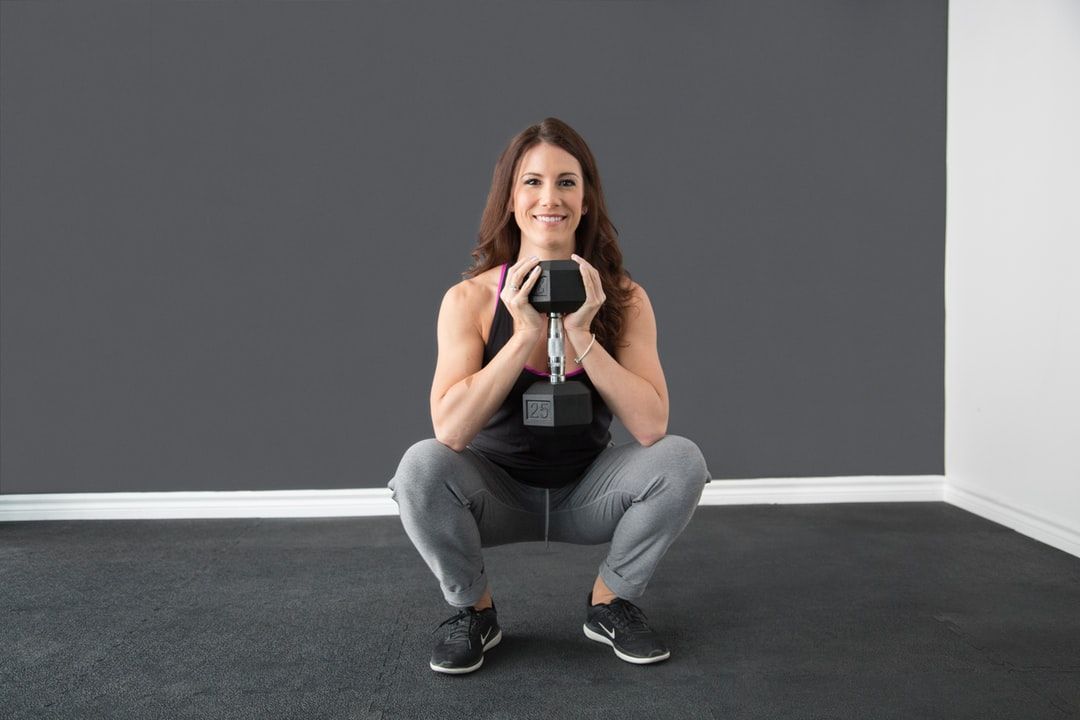Why Reformer Pilates changes EVERYTHING!
From Springs to Confidence
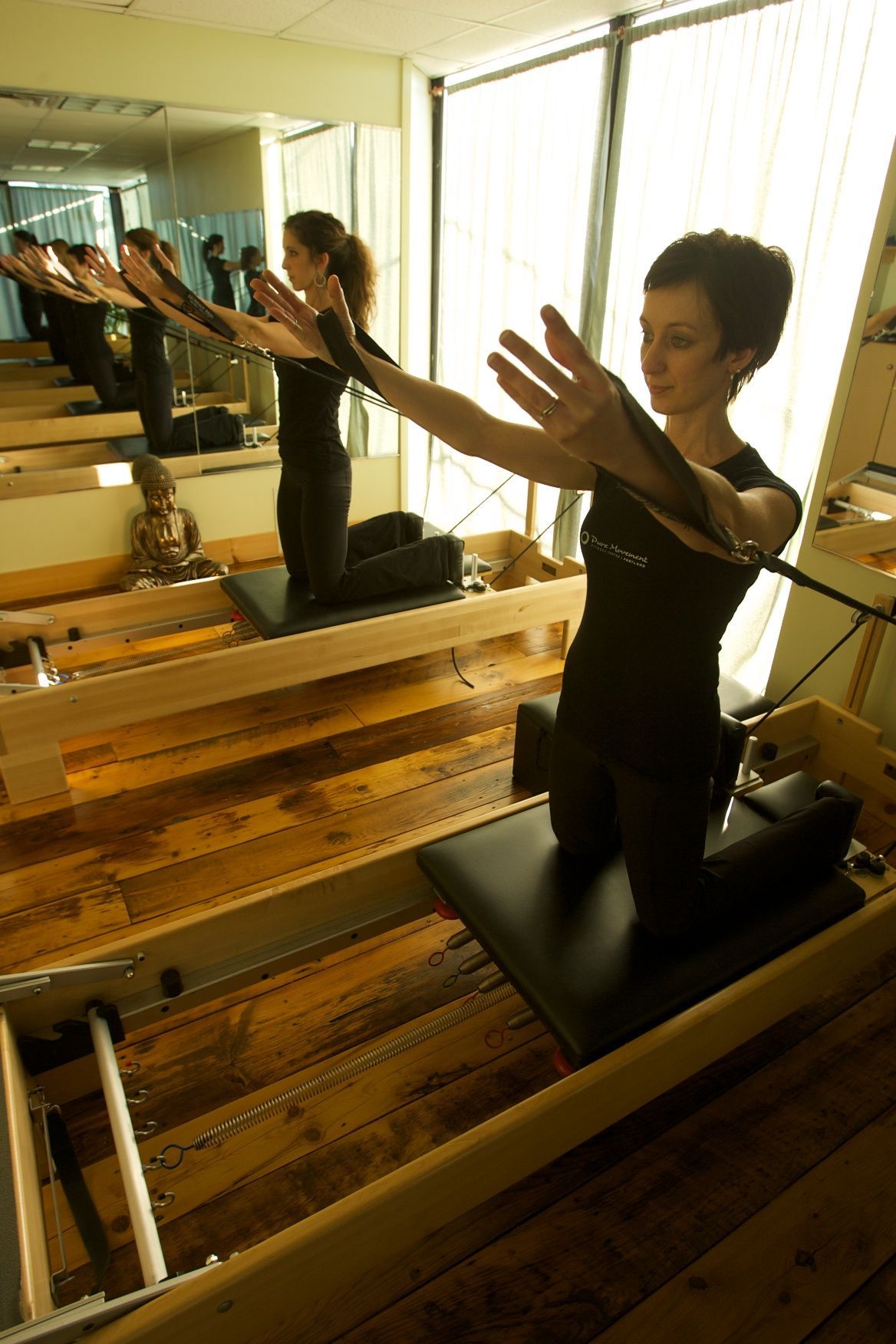
Join our Reformer Pilates series starting September 25th
If you’ve ever seen a Reformer Pilates machine, your first thought might have been: what is that contraption? With its sliding carriage, pulleys, straps, and springs, it can look more like something from a medieval castle than a fitness studio. But here’s the truth: the Reformer is one of the most versatile, intelligent, and empowering pieces of equipment you will ever move on. It supports you when you need support, challenges you when you’re ready, and teaches you more about your body than you thought possible.
Our next Reformer Pilates session begins September 25th, and if you’ve been curious—or even a little intimidated—this blog is for you. Let’s break down how the Reformer works, why it’s different from anything else you’ve tried, and what you can expect when you step onto the carriage for the first time.
A Different Kind of Workout: Why the Reformer?
Most people begin Pilates on the mat. And that’s a great place to start—your body, gravity, and movement. But the Reformer takes the same principles of Pilates and magnifies them. With springs providing resistance (and sometimes assistance), every exercise becomes more precise, more engaging, and more tailored to you.
On the Reformer, you’re not just moving against resistance—you’re learning how to move with control. This makes it possible to:
- Build strength safely without overloading your joints.
- Develop body awareness so you understand how each muscle contributes.
- Increase flexibility and mobility in a supported environment.
- Challenge balance and stability in ways a mat cannot replicate.
The Reformer looks like a machine, but really, it’s a teacher. Every spring, strap, and stopper gives you feedback on how you’re moving.
Safety First, Always
One of the myths about Pilates is that it’s delicate or only for rehabilitation. The truth? It can be as restorative or as athletic as you want it to be. But safety is always at the core.
That’s why when you start on the Reformer, we begin with the basics: how to set up your body, how to use the springs, and how to control the carriage. From there, the sky’s the limit.
In our September 25th series, I’ll guide you through these fundamentals so you can feel confident right away. You’ll learn how to move with control, not with force, and discover that safety and challenge can exist together.
Let’s Talk Springs (and Reps)
Here’s where Pilates gets really clever. Unlike traditional weight training, where “more weight = harder,” the Reformer flips the script. Sometimes adding a heavier spring makes the exercise easier, because it gives you more support. Other times, lighter springs make the exercise far more difficult because you have to control every inch of the movement yourself.
In class, we usually start with medium tension, which allows for a comfortable 8–10 repetitions per exercise. That might sound like a small number compared to the 20 or 30 reps you’d do in a gym, but with Pilates, quality is everything. Each repetition is focused, deliberate, and effective.
As your strength builds, we adjust the springs. But here’s the secret: springs aren’t the only way to add challenge. Sometimes the most powerful shift is turning a two-legged exercise into a one-legged one. Trust me, the first time you do Footwork or Bridge on one leg, you’ll discover muscles you didn’t even know existed.
The Stopper Isn’t Your Enemy
Let’s clear something up: hitting the stopper (that firm end of the Reformer carriage) is not a failure. When you’re new, it feels like you’ve done something wrong. But in reality, every new exercise comes with a learning curve—and part of that is figuring out where the carriage ends.
Eventually, you’ll develop the control to return the carriage quietly, with either a light tap or a seamless close. But in the beginning? It’s okay. It doesn’t hurt the machine. What matters is that you’re learning to move with awareness.
I always tell clients: the Reformer is a conversation between your body and the springs. The stopper is just punctuation—it tells you where the boundary is. Over time, you’ll learn how to end the sentence gracefully.
When Straps Go Slack
Another common beginner moment: the straps suddenly go slack. If this happens, it doesn’t mean you’re “bad” at Pilates. It usually means one of three things:
- The right muscles aren’t fully engaged yet.
- The spring load needs to be adjusted.
- You’re still discovering how to coordinate movement with resistance.
Slack straps are just feedback. They tell us, “something needs adjusting.” In our September 25th session, I’ll teach you how to recognize that feedback and use it to improve your form. Pilates is never about perfection—it’s about awareness and progress.
The Power of Repetition and Progression
Pilates is often called “the art of repetition.” Not repetition in the sense of mindless drills, but in the sense of practicing until you feel the movement differently. On the Reformer, this becomes even more powerful because the springs highlight what’s working and what’s not.
Think of it this way: the first few times you do an exercise, you’re just figuring out the logistics—where your feet go, how to hold the straps, how far the carriage moves. By the tenth repetition, your body begins to understand, oh, this is what it feels like when my core actually initiates the movement.
That’s why we keep reps moderate, usually in the 8–10 range. It’s enough to learn, strengthen, and refine—without fatiguing the body into sloppy form.
Why Reformer Pilates Feels So Good
Clients often tell me, “I feel taller after class.” That’s not your imagination. The Reformer is designed to lengthen your spine, strengthen your core, and balance your musculature. Unlike some workouts that leave you drained or sore in your joints, Reformer Pilates leaves you feeling aligned, energized, and yes—taller.
You may notice:
- Less tension in your neck and shoulders.
- Greater freedom in your hips and lower back.
- Improved posture, even when you’re not thinking about it.
- More energy for daily life.
This is why I always say: Pilates isn’t just a workout. It’s a practice that changes how you move through your day.
